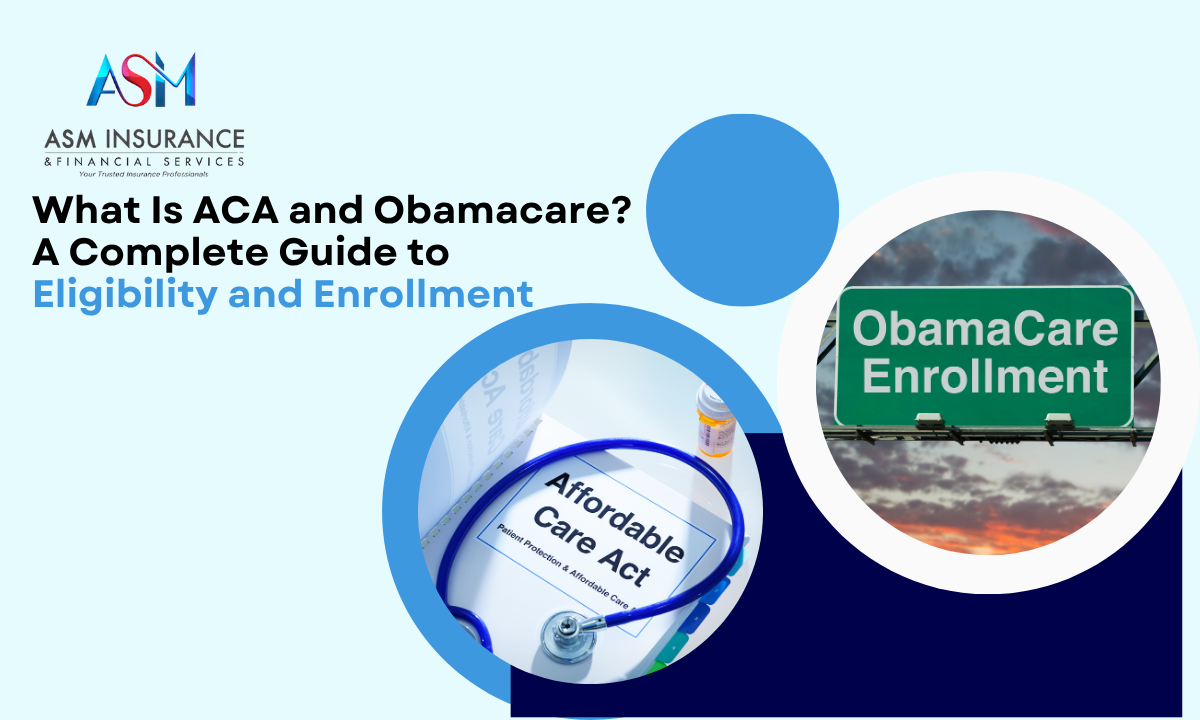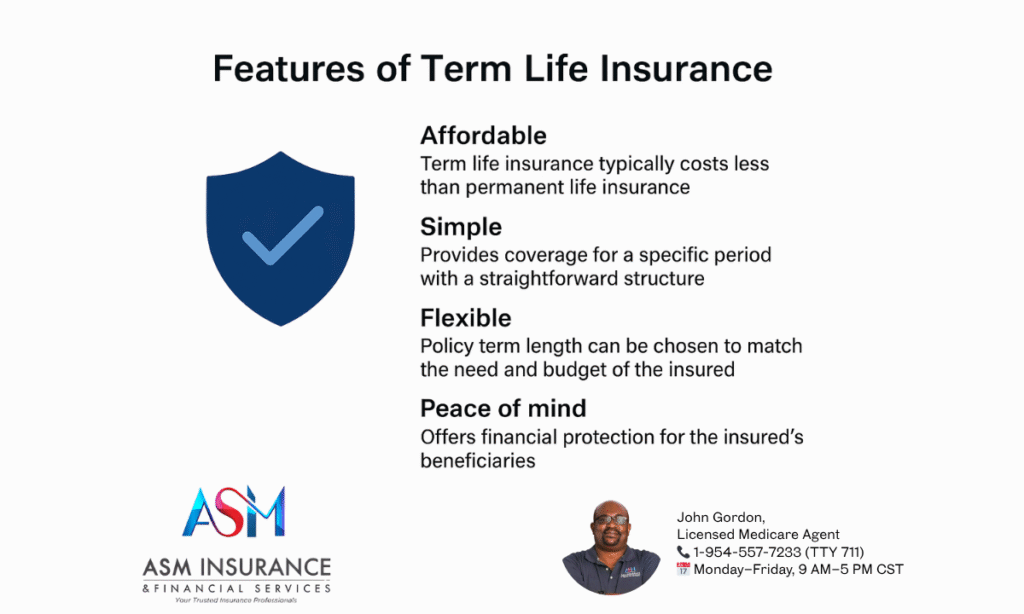
Table of Contents
- How the ACA Changed Health Insurance in America
- What Is the Difference Between ACA and Obamacare?
- Who Is Eligible for ACA Health Insurance?
- When Can Enrollment Happen?
- What Kinds of Plans Are Available?
- What About Dental and Vision?
- How Much Does ACA Coverage Cost?
- What Is Not Covered?
- How to Apply for Obamacare
- Penalties and Myths
- Final Thought: A Tool for Security
Understanding health insurance in the United States can be difficult. The choices are many, the rules often change, and the consequences of being uninsured can be serious. That is why the Affordable Care Act (ACA), often referred to as “Obamacare,” was created—to simplify access to care and reduce the number of people without insurance. But to benefit from it, eligibility must be understood, deadlines must be met, and options must be compared carefully.
In 2010, the ACA was signed into law with the goal of expanding access to affordable health coverage. Since then, millions of Americans have enrolled in insurance plans through the ACA marketplace. Plans have been subsidized, discrimination based on pre-existing conditions has been banned, and more preventive services have been made free. But even today, questions are still asked about what exactly Obamacare is, who can apply, and when enrollment can take place.
“A rite of passage in America when you turn 50 and have good health insurance is a colonoscop”
Brad Feld
How the ACA Changed Health Insurance in America?
Before the ACA, health insurance was expensive and often denied to those with chronic illnesses. Many Americans were left uninsured because of high premiums or because their pre-existing conditions disqualified them from coverage. The ACA changed this. All health insurance plans offered through the ACA marketplace must now include ten essential health benefits, including hospitalization, maternity care, mental health treatment, and prescription drugs.
More details about essential benefits can be seen here:
https://www.healthcare.gov/glossary/essential-health-benefits/
Subsidies have also been introduced under the law. These subsidies are based on household income and family size and are designed to lower the monthly premium cost. As a result, some individuals now pay less than $10 per month for health insurance coverage, while others pay nothing at all

What Is the Difference Between ACA and Obamacare?
No difference exists between the two terms. “Obamacare” is a nickname used to describe the Affordable Care Act. The term became widely known after President Barack Obama signed the ACA into law. Some use it politically, but from a legal or insurance standpoint, both terms refer to the same system of federal and state-run insurance marketplaces.
Plans available on HealthCare.gov or through state-specific exchanges are ACA-compliant and fall under the scope of Obamacare. Whether a plan is chosen in Florida, Texas, or Georgia, the benefits and protections required by the ACA will remain consistent.
Who Is Eligible for ACA Health Insurance?
Eligibility for ACA plans is determined based on a few clear rules. To qualify, a person must:
- Live in the United States
- Be a U.S. citizen or lawfully present immigrant
- Not be incarcerated
- Not have access to affordable employer-based insurance
The key factor in ACA eligibility is income. If income falls between 100% and 400% of the Federal Poverty Level (FPL), subsidies will likely be offered. In some cases, people above 400% of the FPL also qualify for subsidies due to updated policies from the American Rescue Plan and Inflation Reduction Act. More income guidelines are available here:
https://www.healthcare.gov/income-and-household-information/income/
Eligibility can also be affected by Medicaid status. In states that expanded Medicaid, like California and New York, people with incomes up to 138% of the FPL can qualify for Medicaid. However, in states that did not expand Medicaid, some individuals may fall into the “coverage gap,” where their income is too high for Medicaid but too low for ACA subsidies.
When Can Enrollment Happen?
Enrollment into an ACA plan is allowed only during specific times of the year unless a qualifying life event occurs. The Open Enrollment Period (OEP) is held annually from November 1st to January 15th in most states. For coverage to begin on January 1st, enrollment must be completed by December 15th.
If this deadline is missed, a Special Enrollment Period (SEP) may apply. SEP is granted when certain life events occur, such as:
- Loss of job-based insurance
- Birth or adoption of a child
- Marriage or divorce
- Move to a new state or coverage area
It is important to act within 60 days of the qualifying event to use the SEP. More information is provided by the government at:
https://www.healthcare.gov/glossary/special-enrollment-period/
What Kinds of Plans Are Available?
Plans offered through the ACA marketplace are divided into four categories: Bronze, Silver, Gold, and Platinum. These categories do not reflect quality, but rather the way costs are shared between the insurance company and the insured.
- Bronze Plans: Lowest monthly premium but highest out-of-pocket costs. Ideal for those who want protection from major expenses but plan to use few services.
- Silver Plans: Balanced in terms of premiums and out-of-pocket costs. Eligible for Cost-Sharing Reductions (CSRs) if income qualifies.
- Gold Plans: Higher premiums but lower deductibles and copayments. Preferred by people with frequent healthcare needs.
- Platinum Plans: Highest premiums but lowest costs when care is used.
All plans must cover pre-existing conditions, and no coverage can be denied or priced differently due to gender or medical history.
What About Dental and Vision?
Under the ACA, dental coverage is not required for adults but must be offered for children. Some plans include dental and vision, while others offer them as stand-alone products. Those who need adult dental or vision coverage can purchase separate plans from private insurers or as add-ons within the ACA exchange.
More information on pediatric dental coverage can be found here:
https://www.healthcare.gov/coverage/dental-coverage/
How Much Does ACA Coverage Cost?
The cost of coverage under the ACA depends on several factors, including age, location, income, and tobacco use. Premiums are calculated before subsidies are applied, but premium tax credits can significantly reduce the cost.
For example, a 30-year-old in Florida earning $28,000 annually may qualify for a Silver Plan at less than $50 per month. In some cases, plans are available at $0 monthly premium after tax credits are applied. Cost calculators are available on https://www.healthcare.gov and can provide an estimate based on ZIP code and income.
What Is Not Covered?
While ACA-compliant plans offer broad protection, not all services are covered. Cosmetic procedures, long-term care, and some alternative therapies are usually excluded. Also, out-of-network services may not be covered unless an emergency occurs.
High out-of-pocket costs can still be incurred, especially on Bronze plans. Deductibles and copayments should be reviewed carefully before selecting a plan. The Summary of Benefits and Coverage (SBC) provided during plan selection will list covered services and any exclusions.
How to Apply for Obamacare?
The easiest way to apply for an ACA plan is through https://www.healthcare.gov or a licensed insurance agent in your state like ASM Insurance and Financial Services . For assistance in Florida, Texas, or Georgia, agents can walk through plan comparisons, subsidy calculations, and enrollment steps. Bilingual agents are often available for Spanish-speaking applicants.
Some local clinics and nonprofit organizations also provide free ACA enrollment support. These navigators are trained and certified to help people apply without selling insurance themselves.
Penalties and Myths
No penalty is currently enforced for being uninsured at the federal level. However, some states like California, Massachusetts, and New Jersey still impose individual mandates that require coverage or a fine. Always check local rules.
Common myths include the belief that only unemployed individuals qualify for Obamacare or that ACA plans are inferior. In reality, many people with jobs use ACA coverage because their employer plans are too expensive or do not exist. ACA plans must meet rigorous federal standards and often offer better preventive care than private plans.
Health insurance is not just about cost—it is about certainty. Emergencies cannot be predicted, but financial ruin can be prevented with the right coverage. By understanding how the ACA works, who it is meant for, and when to enroll, thousands have found protection at a price they could afford.
The success of ACA lies not only in policy but in access. And with that access comes peace of mind that every American deserves.

